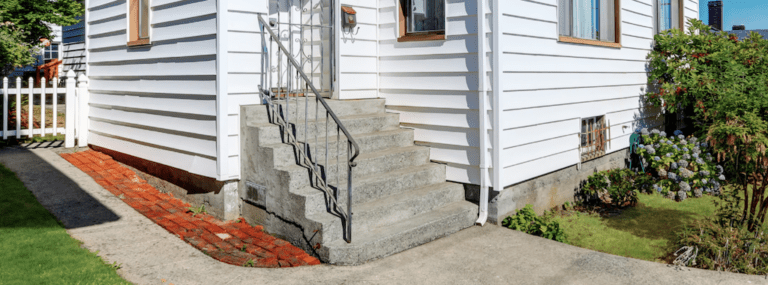As you prepare to build or remodel your home, knowing these simple steps will help to ensure that your home is structurally sound and storm resistant.
1. Wise Up on Wind
Knowing how high winds work can help you make your home safer and more secure. There are four ways winds can affect your home:
- Uplift — wind flows over the roof of the home, creating suction and a lifting effect.

- Racking — wind exerts horizontal pressure, which can cause the home to tilt.
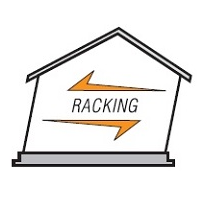
- Sliding — wind exerts horizontal pressure, which can cause the home to slide off its foundation.
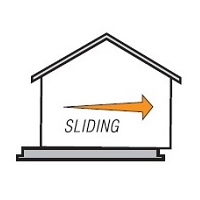
- Overturning — when the home is unable to rack or slide, wind can cause the walls to rotate off the foundation.
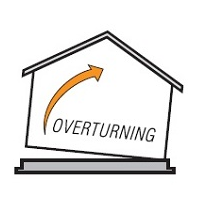
2. Create a Path
A continuous load path, that is. A continuous load path is a method of construction that ties your house together from the roof to the foundation using a system of framing materials, metal connectors, fasteners (like nails and screws) and shearwalls. This system connects and strengthens the structural frame of the house. If your home is built with a continuous load path, it will be better equipped to resist the forces of high winds by redistributing the pressure of the wind from the exterior of your house to the frame, and from there to the foundation. You’ll also want to make sure your home is built with storm shutters, impact-resistant windows and wind-resistant garage doors.
3. Crack the Code
What are the residential building codes in your county? Learn about your codes and how they are enforced. Are changes being made to the building code that will make your home safer? Check with your building department to determine whether you live in a high-wind-speed zone — building standards are more stringent for areas susceptible to high wind. Keep in mind that the residential building code requires that homes be built with a continuous load path.
4. Know Your Builder/Remodeler
Check the reputation of your builder or remodeler. Quality builders and remodelers will know that you live in a high-wind area and will have your safety in mind. They will build or remodel your home using a continuous load path. Interview your builder/remodeler and ask them questions about how your home can be more wind resistant.
5. Get Involved, Stay Involved
Involve yourself in the building process from start to finish. Ask questions and visit the jobsite often, particularly when your house is being framed.
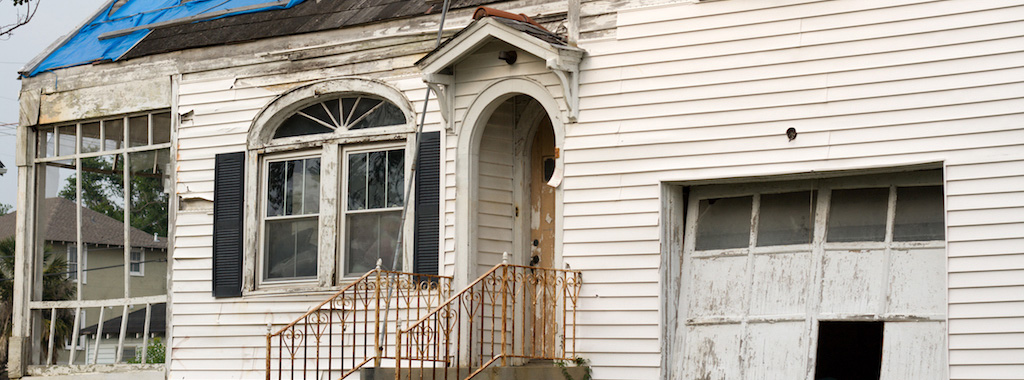
Simpson Strong-Tie® Composite Strengthening Systems™
For more high-wind and hurricane resources and safety tips, visit hurricanestrong.org.


